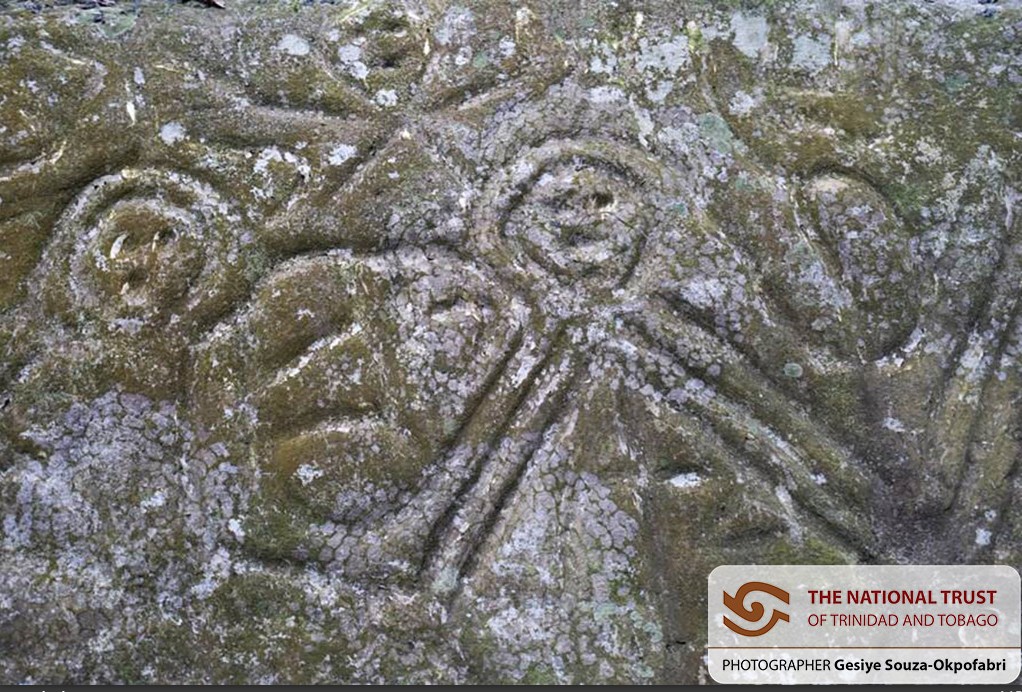The National Trust of Trinidad and Tobago has been approached, in view of its statutory mandate, to comment on a proposed development application to conduct quarrying operations at a site located in the Maracas Valley St. Joseph.
It is important to note that one of the country’s rarest indigenous artefacts, the Caurita Petroglyphs, is located in close proximity to this proposed development and also close to an existing operating quarry.
As a listed heritage asset protected under the National Trust of Trinidad and Tobago Act Chapter 40:53, the ‘Caurita Stone’, as the Caurita Petroglyphs are more commonly known, consists of a large quartzite outcrop six feet (6’or 2m) in height and eight feet (8’or 3m) in width. It bears elaborate carvings made by Trinidad’s First People centuries ago, depicting anthropomorphic fertility images and to date is considered the only documented rock art in Trinidad.
Situated in the La Caurita Watershed of Maracas Valley on a 55-acre parcel of private land, it is an iconic heritage creation that still holds very significant spiritual importance to our indigenous people.
As a legally protected artefact any alteration is expressly forbidden.
Blasting and other quarry operations can produce impacts that can dramatically alter the landscape by way of scarring, increased water run-off and erosion. For this reason, the Trust stands in solidarity with the Santa Rosa First People Community and the Warao Nation in our commitment to safeguarding these sacred lands as a unique and priceless aspect of our national patrimony.
The Caurita Stone the only known petroglyph in Trinidad is an irreplaceable artefact of national and regional significance given the existence of similar carvings discovered in other Caribbean islands. Find out more about this site by accessing the following link: https://nationaltrust.tt/location/caurita-petroglyphs/
